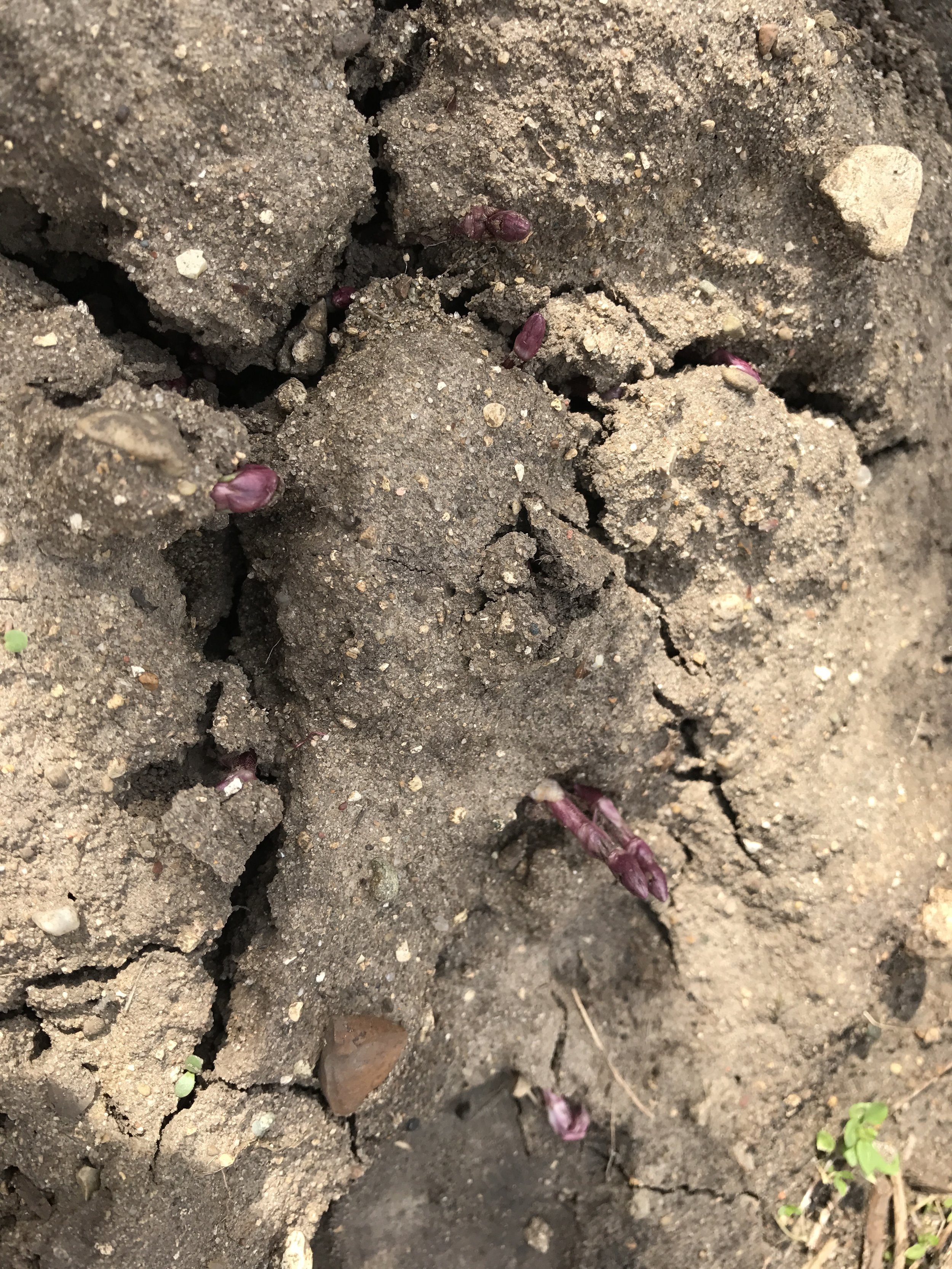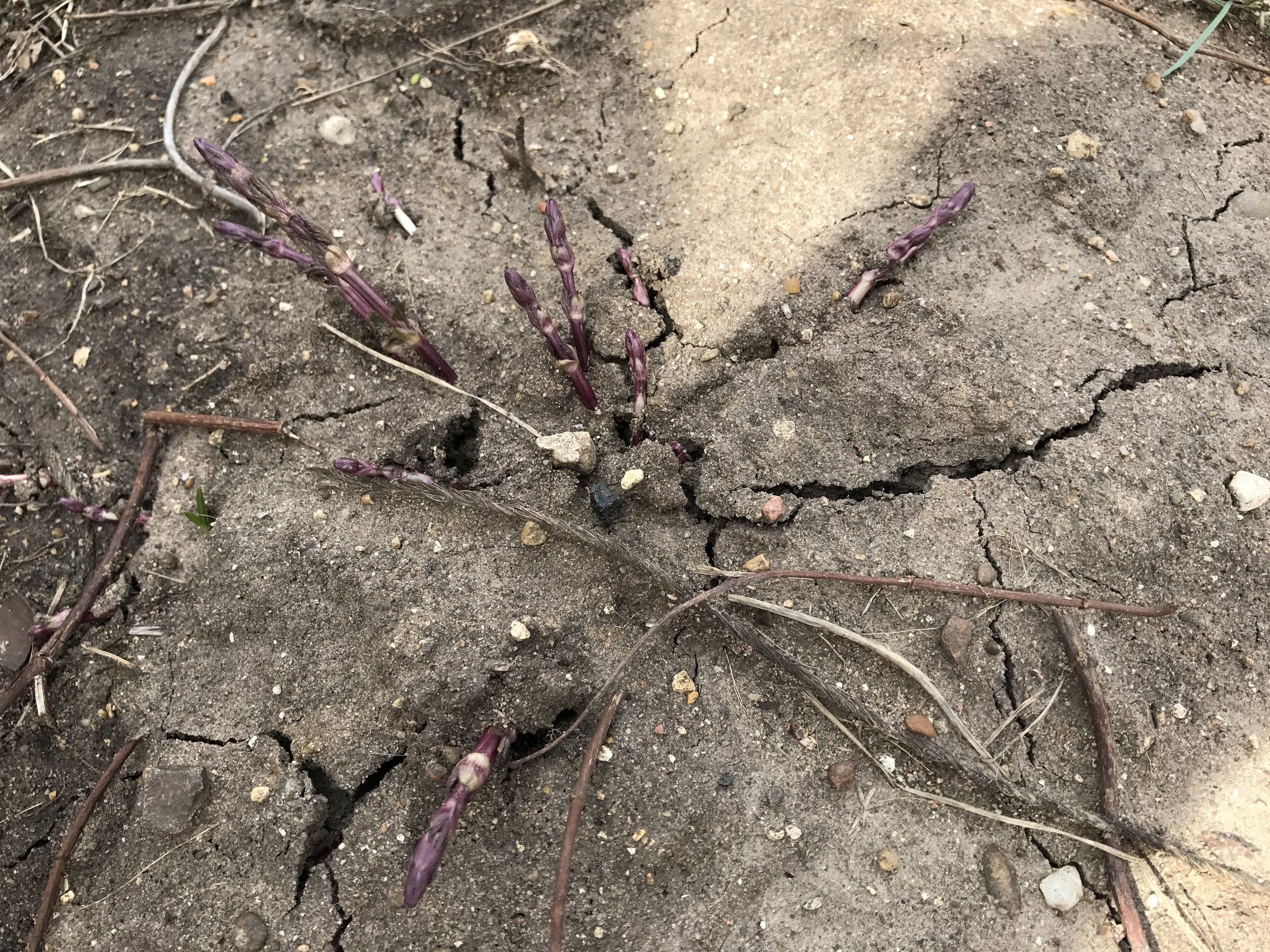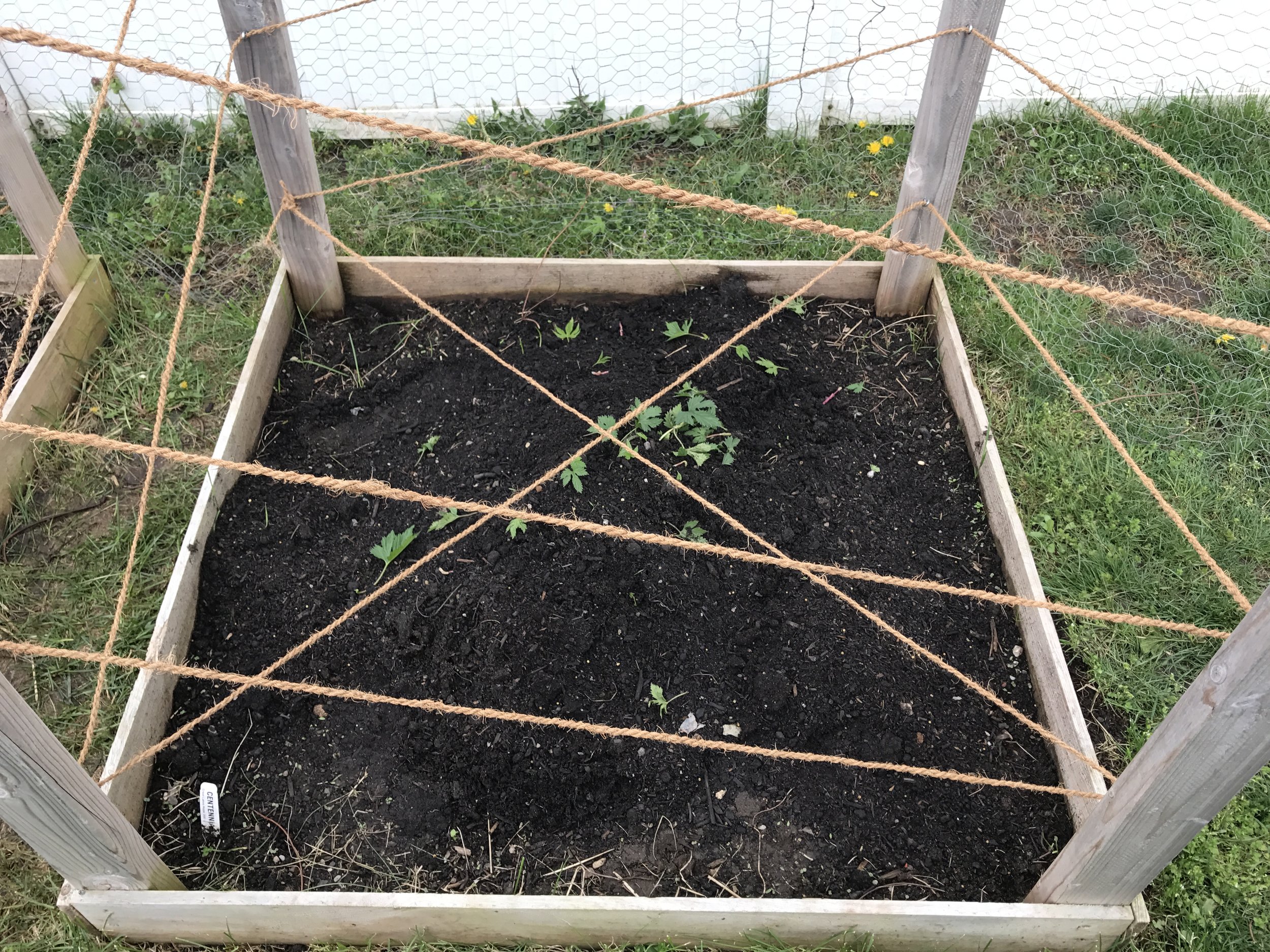Rhizome to Beer Part 1
Why would you want to grow hops? Why would you want to wait for months to go by to use your own hops when you can just go to your local home brew shop and pick up any hop you wanted and use it that same day? Over the next 2 or 3 months, I hope you will follow my journey from rhizome to beer.
Hops will grow almost any place you put them - from poor soil to the best soil your hops will grow. If you plant them in poor soil you might get a smaller yield than if that plant was in the best soil of its life, but you should still get fresh hops to use in your beer at the end.
Why would you grow your own hops? The cost after start up is almost nothing. Once that plant starts producing ½ LB to 1+ LBS per year you will not have to buy most of your hops from the store. If you look at the cost of 1 oz of hops today it's around $2.50 per ounce. Let's say you have an IPA that is calling for a total of 4 oz of centennial at $2.50 per ounce you're looking at $10.00 just for hops. If you grew your own centennial plant, that rhizome would have cost you maybe $6.00 and if you had a good 1st year you would have some centennial left over for another beer. Another good thing about growing your own hops is you know what went into growing it and you know it's fresh. If you have too many hops you can trade with other hop growers that might have some fresh hops that you don't have. Another good part about growing hops is if you have more than you need you can sell them.
In part one of this article, we will take a look at what's needed to start growing hops.
The first question that would come to mind is “how much space do you have to grow hops?”. Do you have some space next to your house or garage? Where does the sun come up and go down? We want the hops to have as much sun as they can get (6-8 hours) on the low end. It’s also best to have the sun on the hops in the morning as this will help get the dew off the plants. You might want to consider which direction you would want to grow your hops: vertical, horizontal, or grow them in say a box with twine running around the outside.
Hops will grow any way they are directed or “trained” meaning you can start them in one direction and then make them go another direction. For example, if you have a trampoline you can plant them at the base of that and have them grow up the polls.
Once you have an idea of the space and location then next question would be “What kind of hops do you want to grow?” This might seem like an easy question, but you should think about this - some of the most popular hops out today you can’t get and you will not be able to get your hands on for a long time. Citra is a big hop right now. Citra is registered and trademarked in order to grow this hop you have to have a license from a breeding company to grow it. Equinox (soon to have a new name) is the same way. You will need to find hop(s) that are sold that you want to use and I think the best way to find what rhizomes/plants you want to grow is to look at the styles of beer you like to drink. If you use brewing software to keep track of your recipes have a look at what you brewed last year and look at the beers you want to brew. Another way you could go about this is look at dual purpose hops centennial, chinook, challenger. Planting a dual purpose hop would give you more options when you put them in your beer. You might want to consider what hops do well in your climate.
Now that we have our location and hops picked out we need to plant them. We have some different ways to plant hops. We can plant them in the ground, raised bed, pot, or bucket. If you don’t want the roots to go crazy you have 3 options. Option 1 - buy some wood and make a 4x4 box and put that in the ground then put your rhizome/plant in the center of that. Option 2 - put them in pots. Option 3 - cut the bottom out of a 5 gal bucket and plant them in that. Options 1 and 3 will keep the root system contained. This will help the roots grow straight down so in 3 years if you want sell or give away some rhizomes, you will have an easier time of pulling your crown out. Option 2 will also make it easier, but you will need to thin out more as the roots will not have as much room to grow.
The next step in our journey is soil **Note** I do not have a PHD or a soil expert so I’m not going to talk about testing soil and all that. You want good soil. I use a 2:1 ratio. 2 bags (40 LBS each) of potting soil to 1 bag (40 LBS) of composted manure. It’s always better to plant your rhizomes early than late. As long as the temps are over 20F you are fine to plant them. Once you have your soil mix and put in your hole, box, pot or bucket it is finally time to plant your hops. Plant your rhizomes 3” to 4” deep. Once you have everything planted make sure you check on your hops, make sure they have water. If you are not getting a lot of rain make sure you water your hops. You can over water them, so be sure to add just a small amount of water to them.
In part 2 we will look at what twine to use, whether or not to cut the shoots back on 1st or 2nd year plants, when to use fertilizer, and how to train them.
You can check out my youtube channel to keep up to date on my hops growing.
Here is the playlist to the 2016 hops. Videos for the 2017 will be out soon.
Here is a link to the twine I buy Hop Twine


